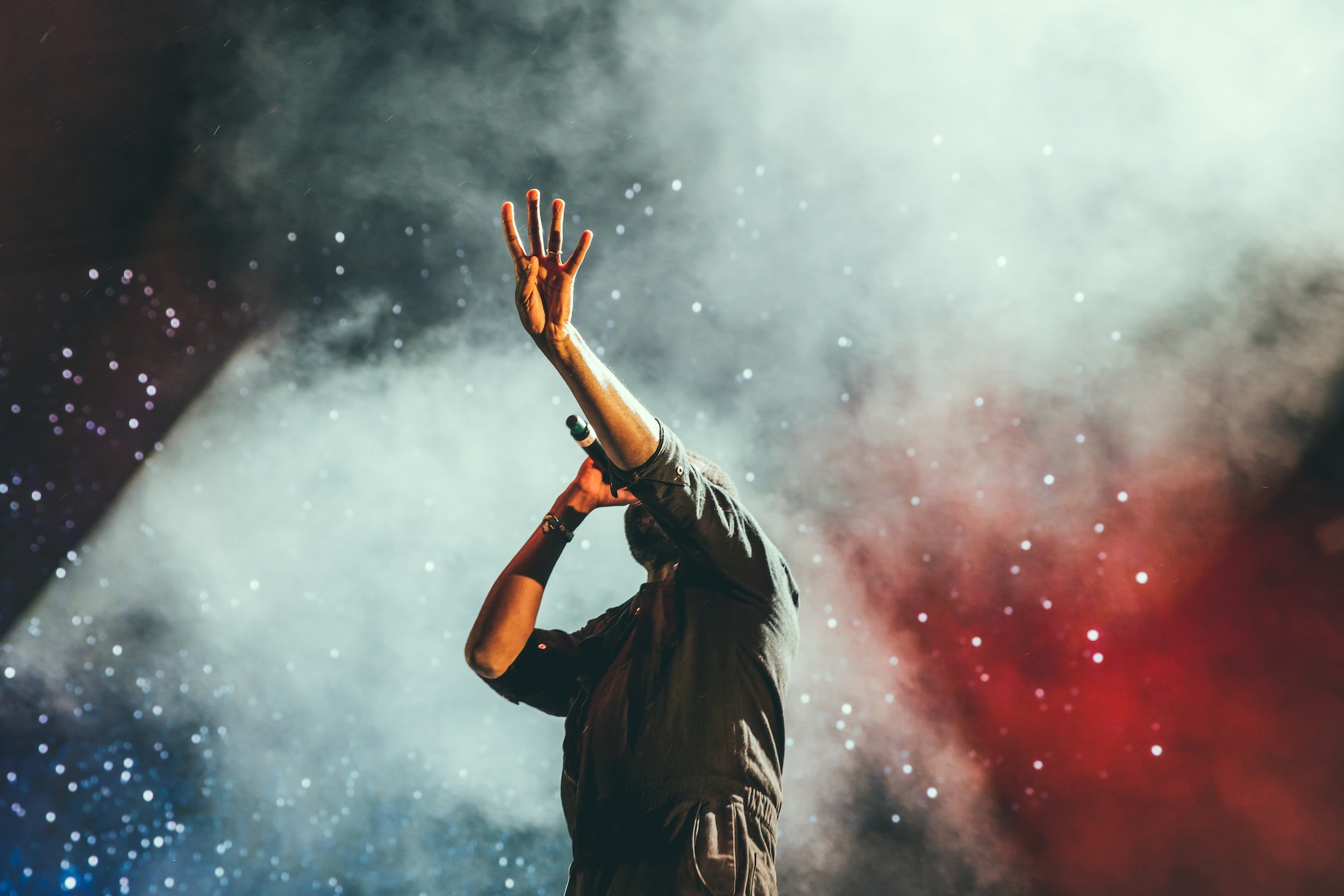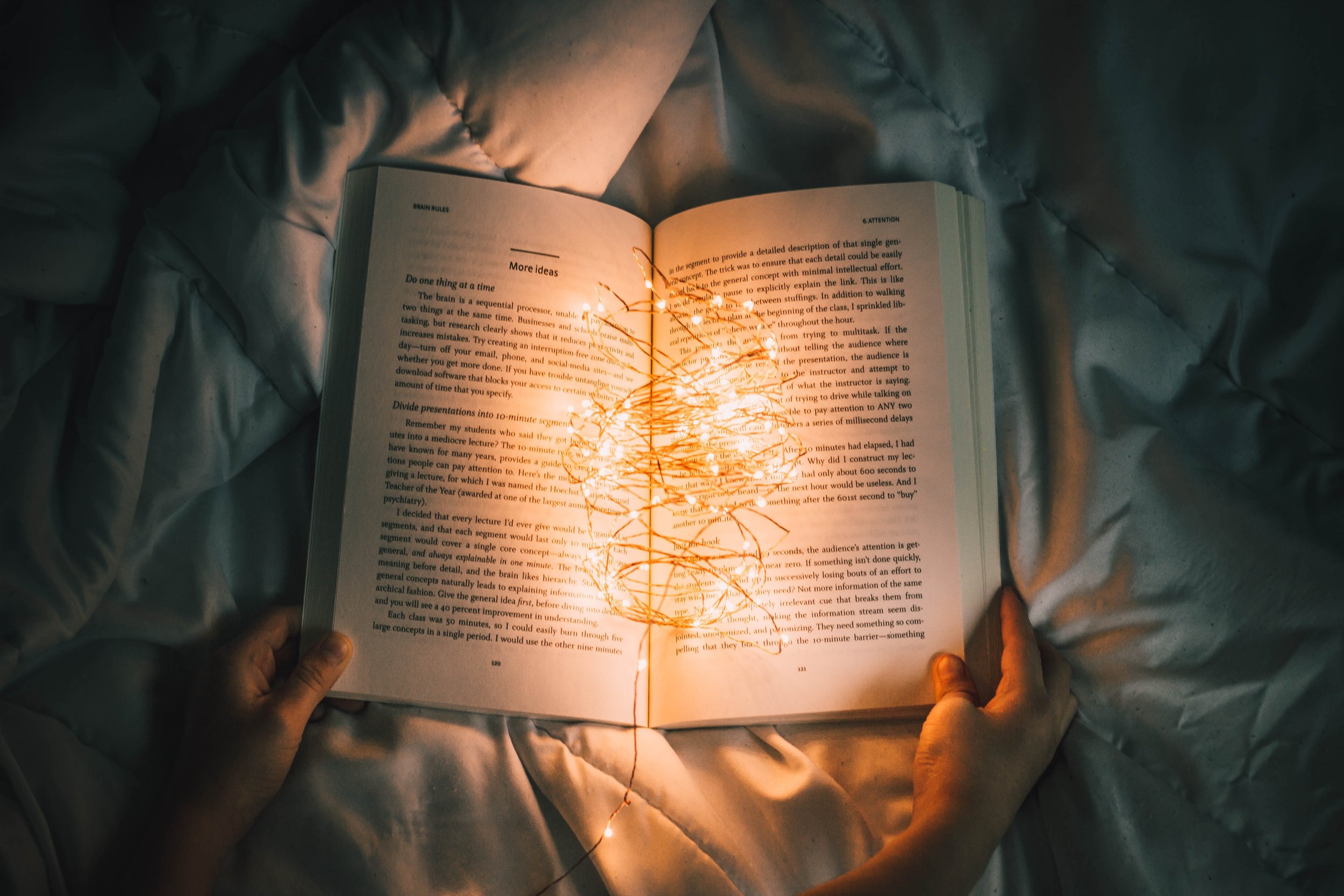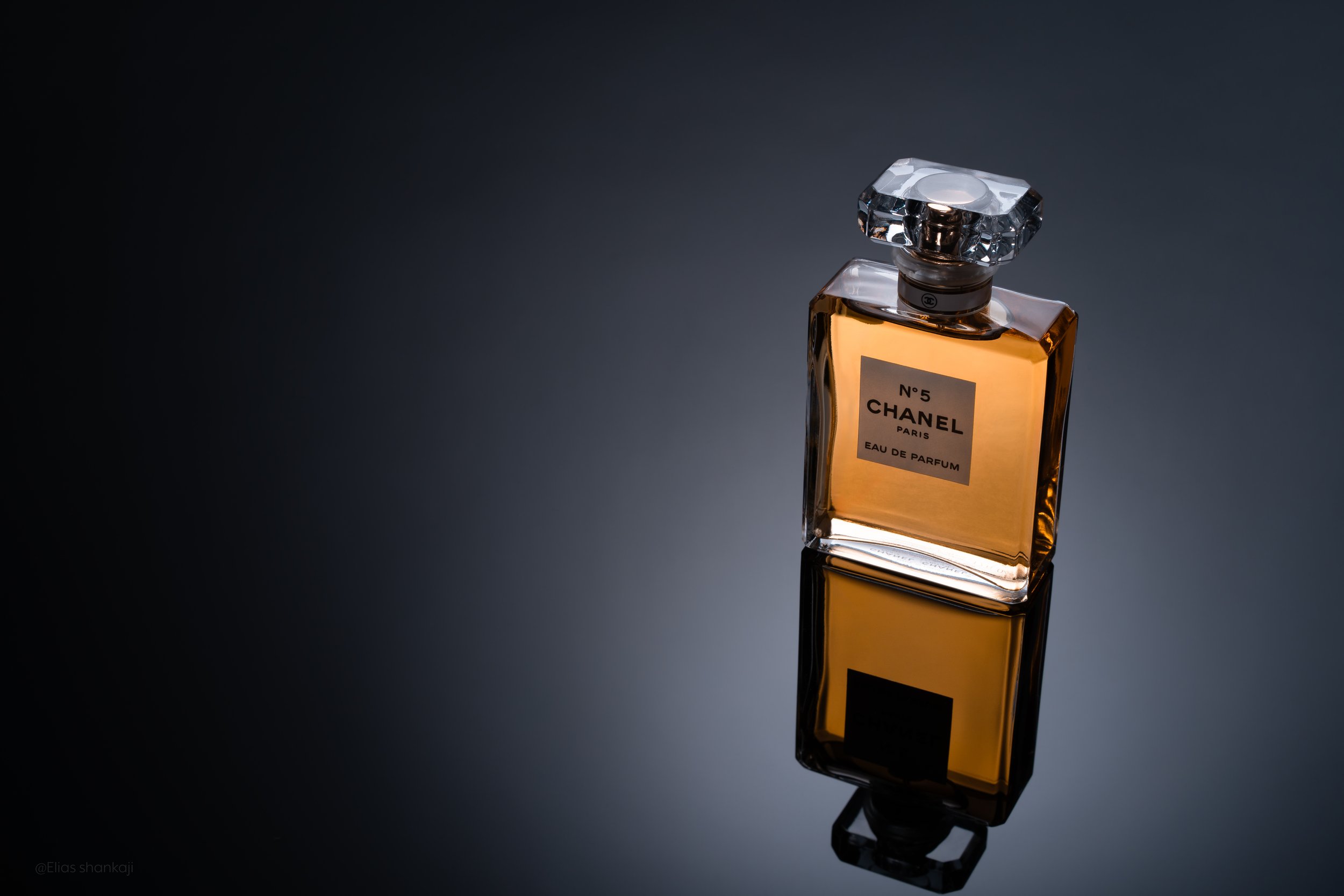Capturing the Energy: Essential Techniques and Equipment for Concert Photographers
Concert photography is a unique and challenging genre of photography that requires a certain set of skills and equipment. Concert photographers are professionals who specialize in capturing the energy, atmosphere, and emotion of live music performances. In this blog post, we will explore some of the techniques and equipment used by concert photographers to capture stunning images of musicians in action.
Equipment for Concert Photographers:
Concert photography requires specialized equipment that can handle the low light conditions and fast-paced action of live performances. Here are some of the essential pieces of equipment that every concert photographer should have:
Camera: Concert photographers typically use DSLR or mirrorless cameras with fast autofocus and high ISO capabilities. Full-frame sensors are preferred for their ability to handle low-light conditions.
Lenses: Concert photographers often use fast prime lenses with wide apertures such as f/1.4, f/1.8, or f/2.8. Popular lenses include 24-70mm f/2.8, 70-200mm f/2.8, and 50mm f/1.4.
Flash: While some concert photographers may use flashes to add light, many venues prohibit the use of flash during performances. In these cases, photographers will rely on the venue's lighting and their camera's high ISO capabilities to capture their shots.
Memory Cards: Concert photographers should carry multiple high-capacity memory cards to ensure they have enough storage for the thousands of photos they may take during a performance.
Tripod/Monopod: While some venues may allow tripods or monopods, they can be cumbersome in crowded areas. It's important to consider the venue's rules and your own comfort level when deciding whether to use a tripod or monopod.
Techniques for Concert Photographers:
Concert photography requires more than just the right equipment. Here are some techniques that successful concert photographers use to capture stunning images:
Be Prepared: Research the band or artist you'll be photographing to get a sense of their style, stage setup, and lighting. Arrive early to get a good spot and take test shots to ensure your camera settings are correct.
Shoot in Burst Mode: Concerts are fast-paced, and moments can come and go in a split second. Shooting in burst mode allows you to capture multiple frames per second, increasing your chances of getting the perfect shot.
Be Aware of Your Surroundings: Concerts are crowded, and you'll need to be aware of your surroundings to avoid getting in the way of other photographers or fans. Move around the venue to capture different angles and perspectives, but be respectful of those around you.
Focus on the Emotion: Concerts are all about emotion, so focus on capturing the energy and excitement of the performance. Look for moments of interaction between the artist and the crowd, or moments of intensity during a guitar solo or drum fill.
Edit Your Photos: Post-processing is an essential part of concert photography. Use software like Lightroom or Photoshop to adjust exposure, contrast, and color balance, and to crop and straighten your images.
Conclusion:
Concert photography is an exciting and rewarding genre of photography that requires a unique set of skills and equipment. Whether you're a seasoned pro or a beginner, understanding the techniques and equipment used by concert photographers can help you capture stunning images of live music performances. Remember to be prepared, shoot in burst mode, be aware of your surroundings, focus on the emotion, and edit your photos to create the perfect concert photos.






